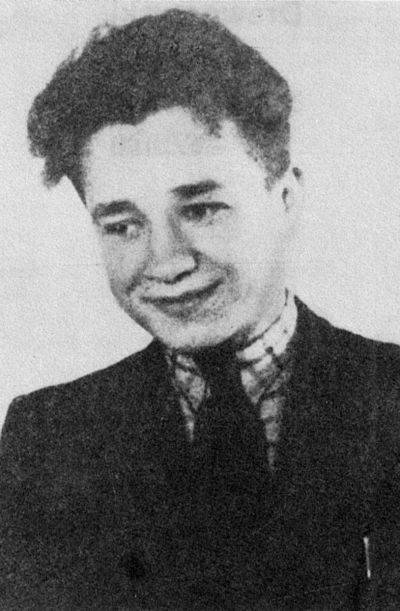Henryk Nazarczuk: Polish War Graves in Germany. A topography of death

A documentation of Polish war graves on German soil within the borders of the Federal Republic of Germany from 1939 to 1952
For Małgorzata
To prevent the knowledge of the crime dying with the death of the criminal.
In 1945 my parents returned with their “war trophy” from forced labour in the German Reich: my father Aleksander with the very beautiful Maria and me in her belly, who had probably been conceived during one of the heavy bombing raids over Dresden. I was born in the cold autumn of 1945 in the scaled-down country of my forefathers. My mother was neither allowed the privilege of returning home nor of re-finding her family who had been reported missing since 17th September 1939 somewhere east of Stanisław[1] (in the Soviet Union since 1945 and now in the Ukraine). Hence my parents’ greatest achievement was to have survived the war.
Years after, when I was just able to peep over the edge of the table I overheard my parents talking about their memories with their friends whom fate had also allowed to return alive. Some of these were other forced labourers and one was a former prisoner of war who arrived on Sundays dressed in a soldier’s jacket dating back to 1939, and with a Konfederatka[2] on his head to which a metal eagle was attached. As time went on these meetings became rarer and the subjects of the conversation were different. The proportion of the conversations devoted to war sank in direct relationship to the rate at which I grew older. At some time I began to ask questions (I found a photo of my parents from the time they were working as forced labourers), but at the end of the 1950s and start of the 60s people who ask questions were mostly fobbed off with the words: “Oh, that’s not important, it’s just history”, or someone would tell a family anecdote like “Can you remember how auntie Maryśka polished all the farmers shoes till they gleamed…”
The years that followed were unquiet, interesting and full of events: Chancellor Willy Brandt falling on his knees in Warsaw; hearing the news of the planned compensation for forced labourers (my parents); or in 1976, “the jogging circuit [3] for striking workers” in Radom. The Second World War only showed up in the cinema and on television. Increasingly often and ever more precisely (second time around)[4] we learnt about the war crimes that were committed in the east after 17th September 1939.
I married. We were lucky enough to have two children: the hot summer of 1980 and “Solidarność”.
[1] German Stanislau, today Iwano-Frankiwsk.
[2] A traditional national head cover with a four cornered “cap“. Also known in Polish as a rogatywka .
[3] The sarcastic term for corporal punishment given to people in the Peoples Republic of Poland who opposed the government. Something like running the gauntlet in English.
[4] Polish, “drugi obieg“. A term used to describe unofficial, underground publications.












